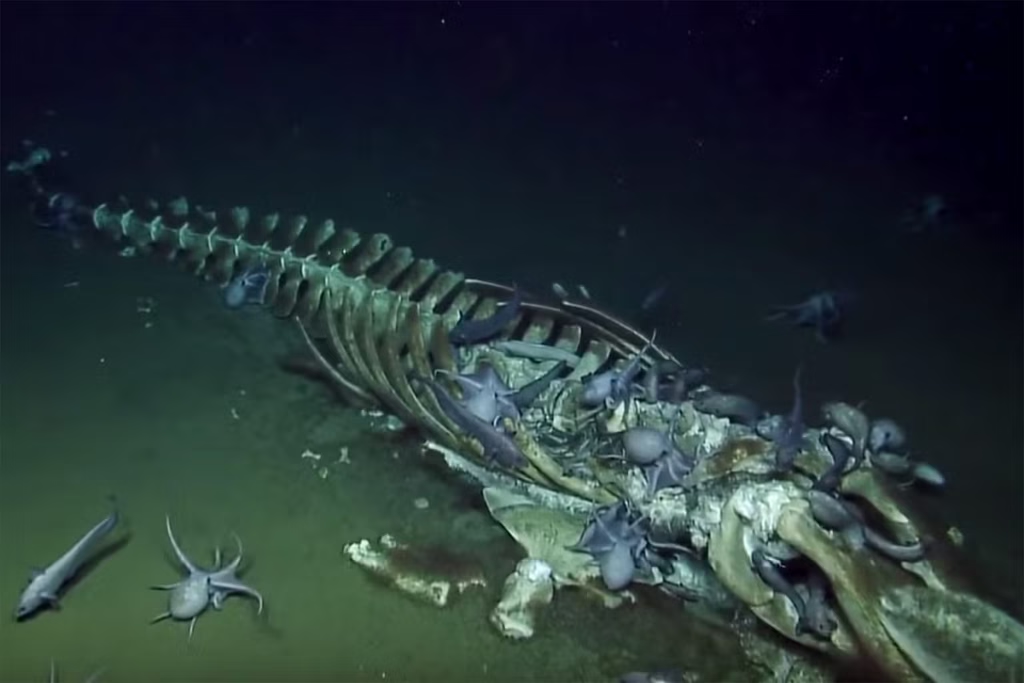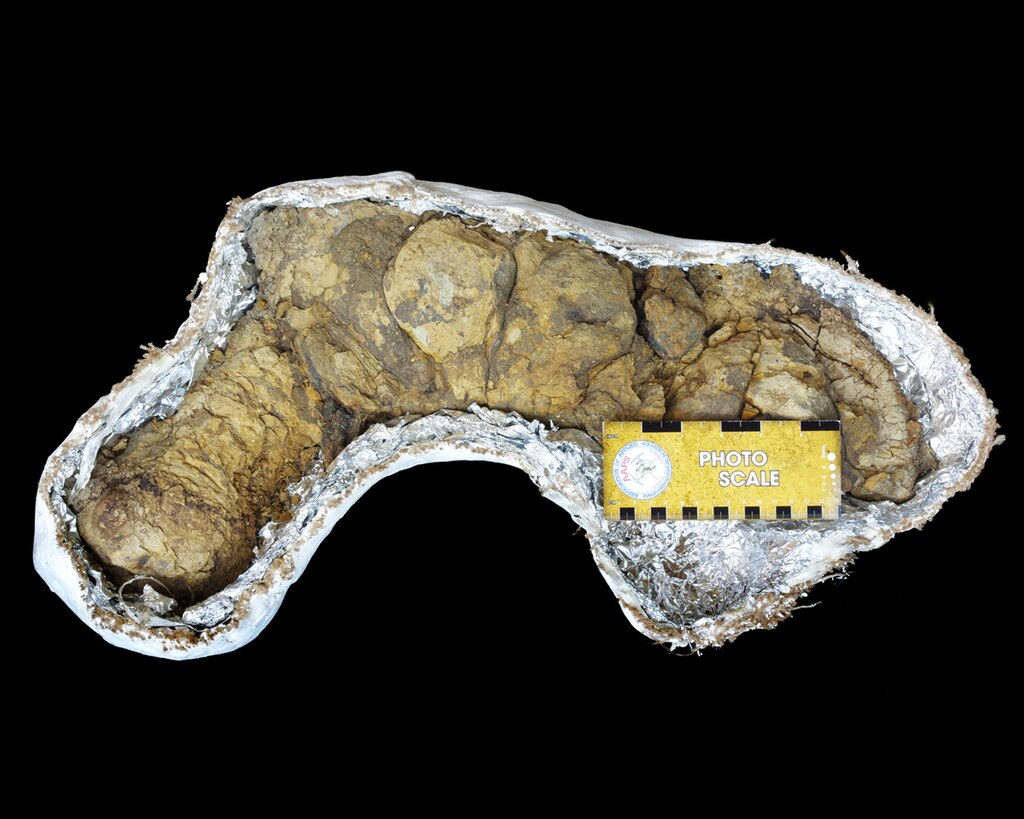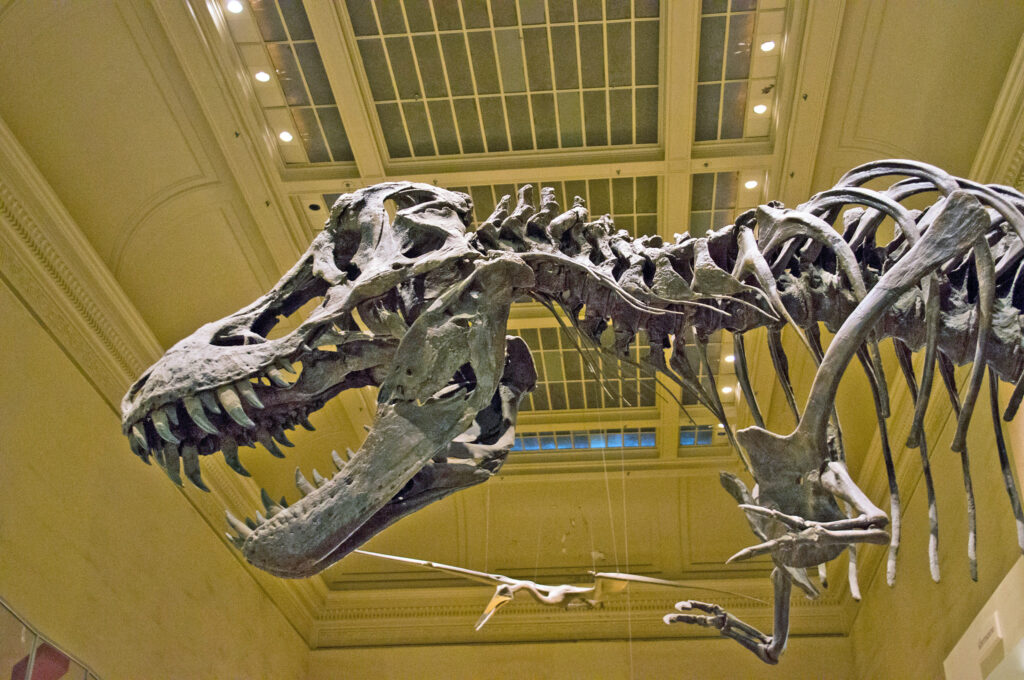The concept of ancient bones serving as the foundation for prehistoric reef ecosystems presents a fascinating intersection of paleontology, marine biology, and ecosystem development. While modern artificial reefs are deliberately created using sunken ships, concrete structures, or even purpose-built materials, nature has been developing its own versions of these biodiversity hotspots for hundreds of millions of years. Large skeletal remains from prehistoric marine and terrestrial creatures may have created important ecological niches in ancient oceans, functioning similarly to today’s artificial reefs. This article explores the compelling possibility that the remains of ancient creatures could have formed natural reef structures, supporting diverse communities of organisms in prehistoric seas.
The Natural Cycle of Bones in Marine Environments
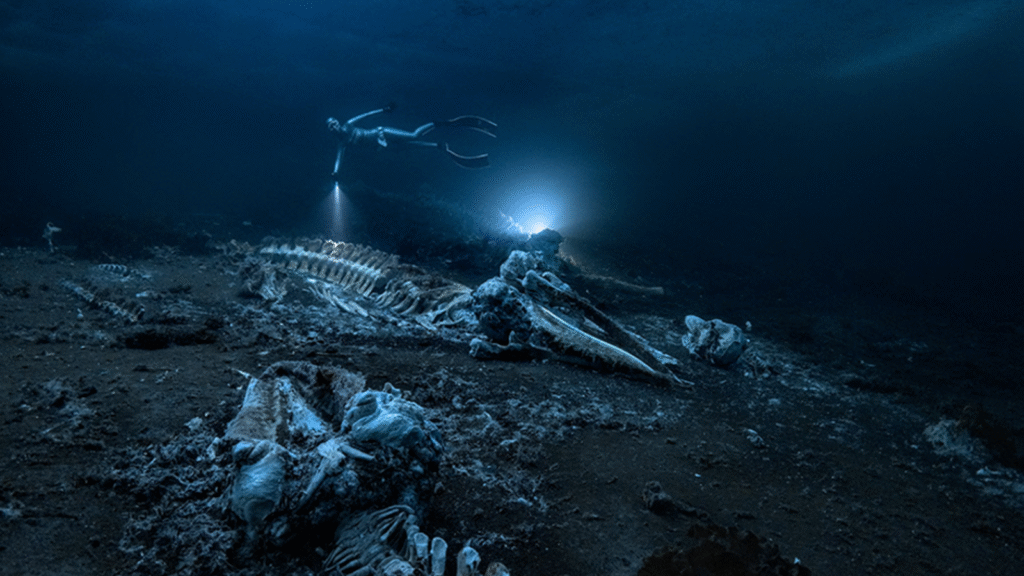
When animals die in marine environments, their remains undergo a complex series of transformations before potentially becoming artificial reef structures. Initially, soft tissues decompose through bacterial action and scavenging by other marine life, leaving behind skeletal elements. These bones, particularly from large vertebrates, contain calcium phosphate minerals that resist degradation much longer than soft tissues. In modern oceans, whale falls—the sunken carcasses of cetaceans—demonstrate how large skeletal remains can persist for decades on the seafloor, hosting specialized ecosystems. Similarly, in prehistoric oceans, the massive skeletons of creatures like plesiosaurs, mosasaurs, and prehistoric whales would have followed comparable decay trajectories, potentially creating stable, persistent structures on ancient seabeds that could serve as attachment points for sessile organisms and shelter for mobile marine life.
Megafauna Remains as Prehistoric Reef Foundations

The Mesozoic and early Cenozoic eras featured marine reptiles and mammals of truly staggering proportions, whose remains could have functioned effectively as reef foundations. Consider the 50-foot-long mosasaurs of the Late Cretaceous or the massive ichthyosaurs of the Triassic period, some reaching lengths comparable to modern blue whales. When these behemoths died and sank to the seafloor, their substantial skeletal frameworks would have created significant topographic features in otherwise flat benthic environments. The ribcages, vertebral columns, and limb elements of these creatures would have provided complex three-dimensional structures—precisely the characteristic that makes artificial reefs successful habitats. The massive skulls of creatures like Livyatan melvillei, an ancient sperm whale with teeth exceeding a foot in length, could alone have created substantial reef-like microhabitats persisting for centuries after the animal’s death.
Evidence from Fossil Encrustation Patterns

Paleontological evidence supports the theory that ancient bones served as substrate for reef-building organisms. Numerous fossil specimens show encrustation patterns where sessile organisms attached themselves to bone surfaces. For example, fossil whale bones from the Miocene epoch often display barnacle attachment scars, oyster shells fused to their surfaces, and bore holes from bivalves that colonized the hard substrate. These encrustation patterns tell us that ancient bones indeed served as attachment sites for reef-building organisms. More spectacularly, some larger dinosaur bones that ended up in marine environments show evidence of extensive colonization by marine invertebrates, suggesting they created islands of biodiversity on ancient seafloors. The preservation of these attachment patterns provides direct evidence that bones functioned as artificial reef structures in prehistoric waters, supporting diverse ecological communities.
The Unique Properties of Bone as Reef Material
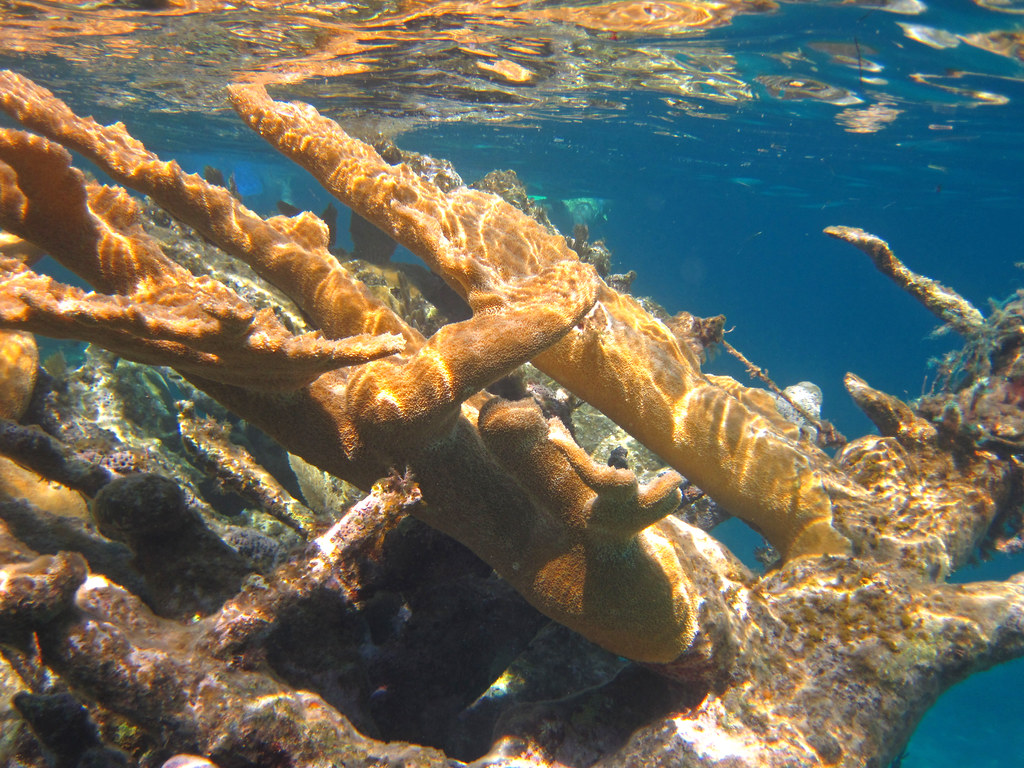
Bone possesses several characteristics that make it particularly suitable as a reef foundation material. Its porous nature provides numerous crevices and attachment points for marine organisms, while its calcium-rich composition makes it attractive to calcifying organisms like corals and mollusks. Compared to soft sediments that dominate much of the seafloor, bone provides a stable, elevated substrate that can persist for extended periods. Furthermore, as bones gradually degrade, they release nutrients into the surrounding water, potentially enhancing local productivity. This slow-release fertilization effect might have created nutrient-rich microenvironments around bone-based reefs in nutrient-poor ancient seas. The complex surface topography of skeletal elements, with their ridges, grooves, and foramina (natural openings), creates a diversity of microhabitats that can support numerous ecological niches within a relatively small area.
Dinosaur Bones in Marine Environments

Although dinosaurs were predominantly terrestrial creatures, their remains occasionally found their way into marine environments through various taphonomic processes. Carcasses might be washed out to sea during floods, fall into coastal waters, or be transported by scavengers. Paleontologists have discovered numerous instances of dinosaur remains in marine sediments, indicating this cross-ecosystem transfer occurred with some regularity. Once in marine environments, these massive bones—think of the meter-long femur of a Brachiosaurus or the enormous skull of a Tyrannosaurus—would have provided substantial hard substrate in otherwise soft-bottomed environments. The discovery of marine invertebrate traces on dinosaur bones found in marine deposits provides compelling evidence that these terrestrial giants inadvertently contributed to marine biodiversity long after their deaths. The complex morphology of dinosaur bones, with their processes, ridges, and cavities, would have created particularly diverse microhabitats for marine colonizers.
Whale Falls as Modern Analogues
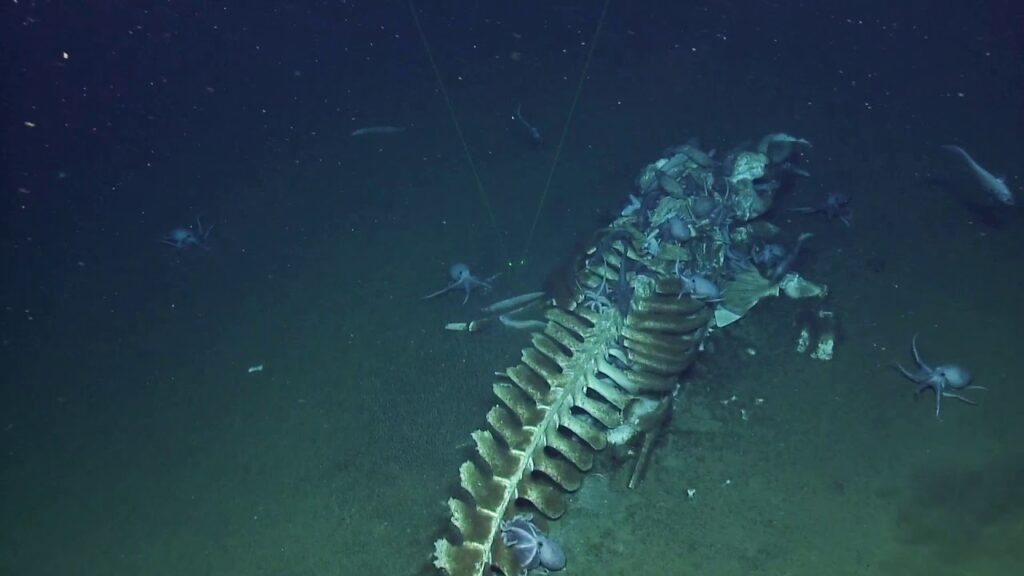
Modern whale falls provide our best analogue for understanding how large skeletal remains might have functioned as reefs in prehistoric seas. When a whale dies and sinks to the ocean floor, its decomposition creates a succession of distinct ecological phases lasting decades. After initial scavenging removes soft tissues, a diverse community of organisms colonizes the remaining skeleton. Studies of modern whale falls have documented over 400 species living on these natural reef structures, many specialized for this unique habitat. The sulfophilic stage, where bacterial mats generate energy from bone lipids, supports chemosynthetic communities similar to those found at hydrothermal vents. Finally, the reef stage occurs as the bones themselves serve as hard substrate for filter feeders, corals, and other organisms typical of reef environments. This modern example gives us valuable insights into how the bones of ancient marine reptiles, prehistoric whales, and even dinosaurs might have supported similar ecological succession patterns and biodiversity hotspots in prehistoric oceans.
Chemical Contributions of Decomposing Bone

Beyond providing physical structure, decomposing bones release a suite of nutrients and compounds that influence the surrounding marine environment. Bones contain approximately 70% minerals by weight, primarily calcium phosphate in the form of hydroxyapatite. As bones break down in seawater, they gradually release these minerals, particularly phosphorus—often a limiting nutrient in marine ecosystems. This nutrient release would have created enriched microenvironments around bone-based reefs in prehistoric seas. Additionally, bone marrow and other organic components trapped within bone structures contain lipids and proteins that support chemosynthetic bacteria, which in turn provide food for specialized invertebrates. Recent research on modern whale falls has identified “bone-eating” organisms like Osedax worms that extract nutrients directly from bones, highlighting the complex trophic relationships that develop around bone structures. Similar specialized organisms likely evolved to exploit bone resources in ancient seas, creating unique ecological niches around these natural artificial reefs.
Marine Reptile Graveyards as Reef Complexes
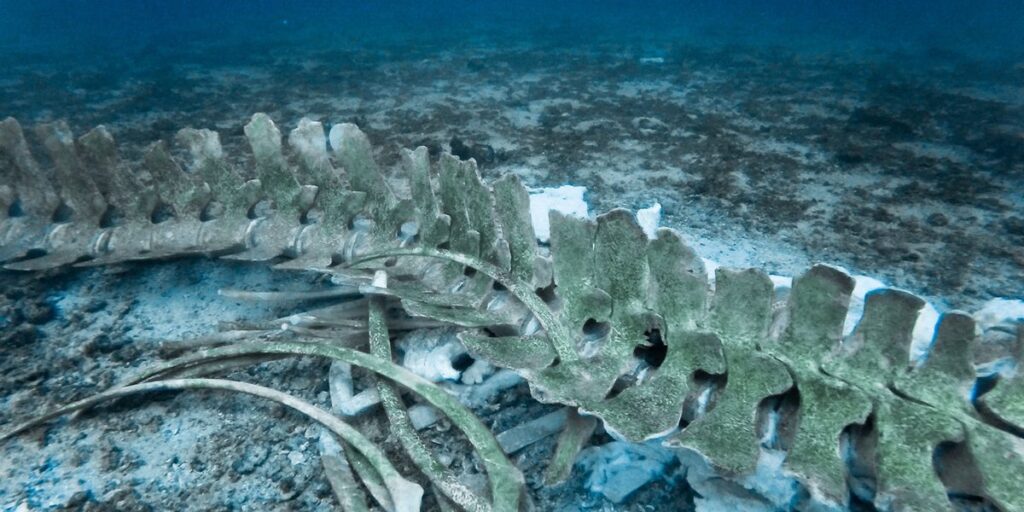
Paleontological discoveries occasionally reveal mass mortality sites where numerous marine reptiles died in close proximity, creating potential “reef complexes” of skeletal material. These death assemblages could result from harmful algal blooms, oxygen depletion events, or other catastrophic occurrences that killed multiple animals simultaneously. The Smoky Hill Chalk Member of the Niobrara Formation in Kansas contains remarkable concentrations of mosasaur and plesiosaur remains, suggesting such mass mortality events occurred in the Western Interior Seaway during the Late Cretaceous. When concentrated in specific areas, these skeletal accumulations would have created substantial reef-like structures on the prehistoric seafloor. Unlike individual carcasses, these bone accumulations could have achieved sufficient size and complexity to support more extensive reef communities, perhaps even altering local hydrodynamics and sedimentation patterns. These skeletal aggregations may have functioned similarly to modern artificial reef complexes, where multiple structures in proximity create ecological corridors and larger habitat patches.
Temporal Persistence of Bone Reefs

The longevity of bone as a reef foundation material varies considerably depending on environmental conditions, but could extend for centuries or even millennia under favorable circumstances. In oxygen-poor sediments or cold, deep waters where biological activity is reduced, bone degradation proceeds extremely slowly. Archaeological evidence from shipwrecks containing animal bones suggests that under certain conditions, bones can persist for thousands of years in marine environments. This temporal persistence would have allowed bone-based reefs in prehistoric seas to support multiple generations of marine organisms, potentially developing into mature, complex ecosystems. The gradual degradation of bones would have created a succession of habitat types as the physical structure changed over time, supporting different assemblages of organisms during different degradation phases. This long-term ecological succession would have increased the overall biodiversity contribution of bone reefs to prehistoric marine ecosystems.
Bones as Habitats in Oxygen-Poor Ancient Seas

Many prehistoric oceans experienced periods of oxygen depletion, creating challenging conditions for marine life. During these oceanic anoxic events, hard substrates like bones would have gained even greater ecological significance. While soft-bodied organisms in the water column and seafloor sediments would have suffered during low-oxygen conditions, the elevated position of bones above the seafloor could have provided refuge habitats with marginally better oxygen conditions. Modern studies of hypoxic zones show that even slight elevation above oxygen-depleted bottom waters can make the difference between habitability and uninhabitability for many marine organisms. Additionally, the chemical breakdown of bone organic matter by specialized bacteria can occur even in low-oxygen conditions, potentially supporting chemosynthetic communities when photosynthetic production was limited. This refuge function might have made bone-based reefs particularly important biodiversity reservoirs during the challenging environmental conditions that characterized several periods of Earth’s prehistoric oceans.
Evolutionary Implications of Bone Reefs
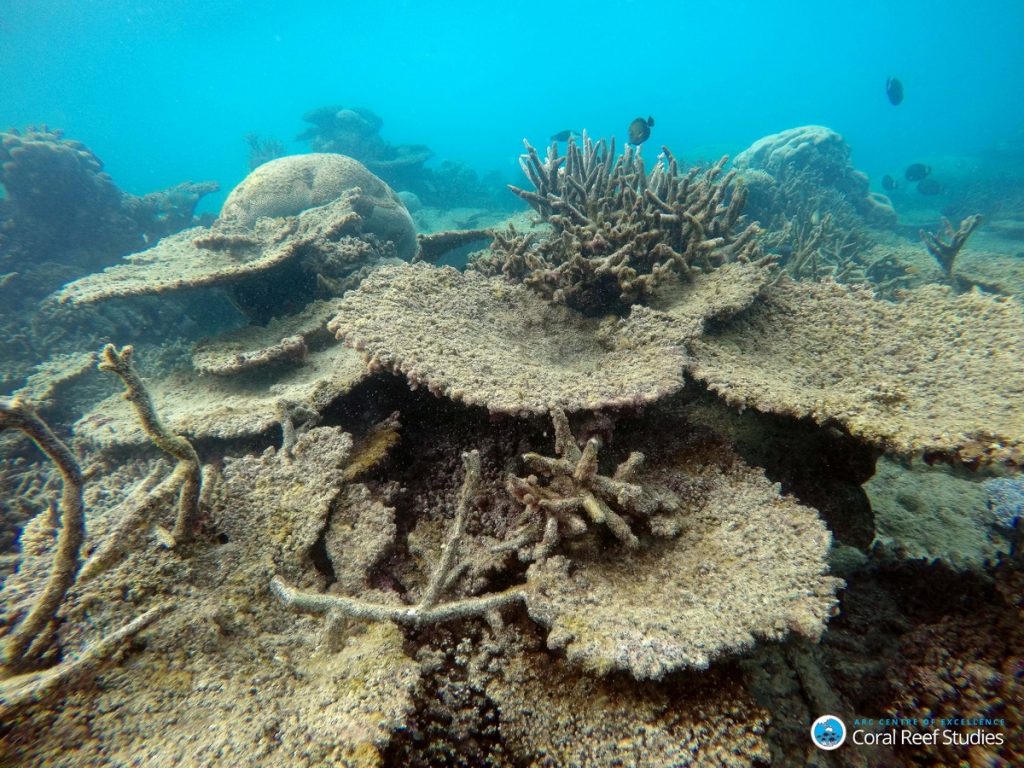
The presence of bone-based reefs in prehistoric seas may have had significant evolutionary implications for marine life. These temporary but recurring habitat islands could have served as stepping stones for the dispersal of reef-associated organisms, facilitating gene flow between populations and potentially accelerating speciation processes. Some organisms may have evolved specialized adaptations to exploit the unique resources provided by bone reefs, similar to the highly specialized fauna associated with modern whale falls. The consistent availability of bone habitats throughout Earth’s history suggests these adaptations could have evolved multiple times in different lineages. Furthermore, bone reefs may have served as refugia during extinction events, protecting small populations of specialized organisms from widespread environmental changes. The evolutionary pressure to exploit these unique habitats efficiently might have driven the development of novel anatomical features, feeding strategies, and symbiotic relationships among prehistoric marine organisms.
The Scientific Challenge of Studying Prehistoric Bone Reefs
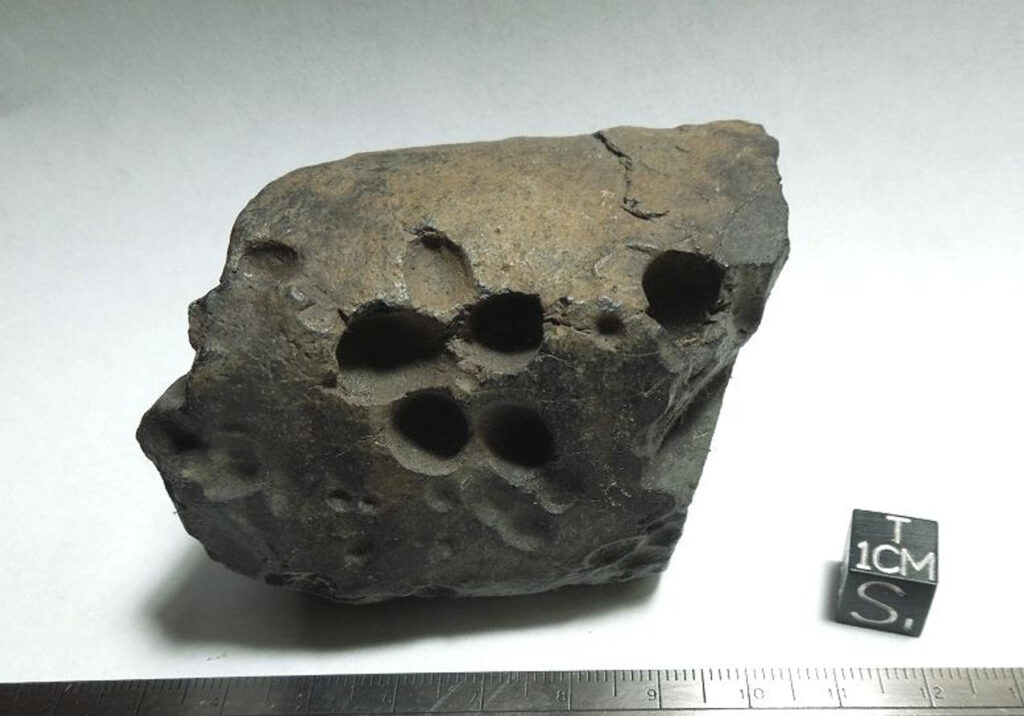
Reconstructing the ecological role of bones as reef foundations in prehistoric seas presents significant scientific challenges. The dynamic nature of these temporary ecosystems means they rarely preserve as complete assemblages in the fossil record. While we might find bones with evidence of encrustation, the full community of organisms that inhabited these structures is difficult to reconstruct. Additionally, the process of fossilization itself can obscure evidence of biological interactions on bone surfaces. Researchers must employ multiple lines of evidence, including taphonomic studies of bone transport and deposition, analysis of trace fossils on bone surfaces, and ecological modeling based on modern analogues like whale falls. Emerging technologies such as micro-CT scanning, which can reveal bore holes and other small-scale modifications to bone surfaces, offer new possibilities for investigating these ancient ecosystems. Experimental taphonomy, where researchers place modern bones in marine environments and monitor colonization, also provides valuable insights into how similar processes might have occurred in prehistoric seas.
Conservation Insights from Prehistoric Bone Reefs
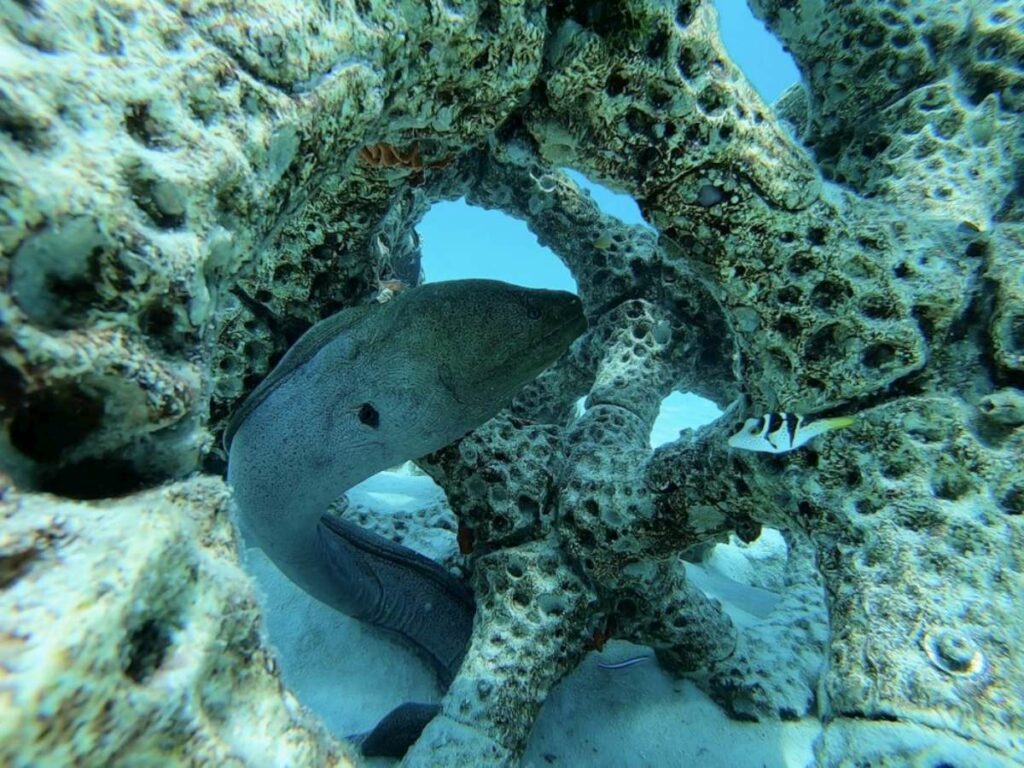
Understanding the role of bones as natural artificial reefs in prehistoric ecosystems offers valuable insights for modern conservation and restoration efforts. The natural processes by which bones create biodiversity hotspots could inform the design of artificial reefs today, particularly regarding material composition, structural complexity, and placement. Some conservation organizations have already experimented with using artificial bone-like structures made from calcium carbonate or other materials to create reef habitats, drawing inspiration from these natural processes. Additionally, recognizing the ecological importance of natural bone inputs into marine ecosystems raises questions about how modern fishing practices, which often remove massive amounts of potential skeletal material from the ocean through harvesting, might be impacting natural reef formation processes. By understanding how bones functioned as biodiversity support structures throughout Earth’s history, we gain a deeper appreciation for the complex and often overlooked ecological relationships that sustain marine ecosystems both past and present.
## Conclusion
The concept of bones serving as artificial reefs in prehistoric waters represents a fascinating example of how life and death have been interconnected throughout Earth’s history. The skeletal remains of ancient creatures—from massive marine reptiles to dinosaurs whose remains washed out to sea—likely created important oases of biodiversity on otherwise featureless prehistoric seafloors. These natural reef structures would have provided critical habitat for countless organisms, supporting complex ecological communities and perhaps even influencing evolutionary trajectories. While direct evidence of these ancient bone reefs is challenging to identify in the fossil record, modern analogues like whale falls offer compelling insights into how similar processes likely operated in prehistoric seas. As we continue to explore the complex ecological relationships that have shaped life on Earth, the humble bone—transformed from living tissue to biodiversity foundation—reminds us that nature has been engineering its own solutions to habitat creation for hundreds of millions of years before humans began deploying artificial reefs.

